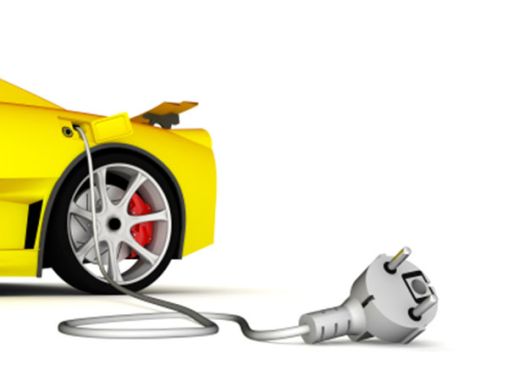How Electric Cars Work
Posted by admin at 26 July 2013, at 23 : 35 PM

As the popularity of Electric Vehicles (EV) rises, car manufacturers are starting to dedicate more of their research budget to pushing the boundaries of what is possible today.
The performance of electric engines is already excellent, thanks to the low-end and instant torque that can be delivered by even the most basic models. The challenge is creating better power storage options, and improving the charging technology and recharging station infrastructure.
Electric cars are finally becoming commonplace on our roads, and many new car buyers are seriously considering an EV for their next vehicle. Unfortunately, not many people know how they work, so this article will be a brief introduction to some of the key concepts and terminology.
Basically, an electric car is similar in looks, features and dimensions to a regular combustion engine vehicle. Most of them have all the creature comforts that modern car owners expect, such as air conditioning, multimedia systems and other comforts.
Concept EV models shown at auto shows have connectivity for smart-devices and full featured web-browsers as standard features. In the future you may be able to surf the web and get an instant car insurance quote online while stuck in traffic on the way to work.
There are 3 main types of EV engine available today, but they all use the same basic theory to generate power for the vehicle. First there is the Permanent Magnet DC Engine, which offers average top speed and acceleration, but the best torque and pulling power. Secondly, there is the DC Brushless Engine, which generates the best top speeds but suffers from slower acceleration.
The third option is the AC Induction Engine, which is the most expensive choice but has the best acceleration figures.
Each engine has its own advantages and disadvantages, and manufacturers usually pair the right choice with each model car being produced, whether it be a sports car with an AC induction engine, or a people mover with the higher torque of a permanent magnet setup.
There are a variety of battery options, but many experts believe that lithium ion batteries are the best choice. They have the best performance and range specifications, and are a fraction of the size of Lead Acid batteries. The impressive stats are reflected in the higher cost, but these are dropping consistently as manufacturing processes improve.
Recharging an EV can be as simple as plugging it into an everyday home wall socket. There are two main types of charging available. Conductive charging
is a little unimaginative in its execution; It uses the same process that many rechargeable home appliances use. The system has a metal to metal design which uses everyday electric current. It’s simple, but can be dangerous.
Inductive charging is the newer recharging tech that uses a paddle design which creates a powerful magnetic field. It’s easier to use, faster and much safer than conductive charging. Industry experts predict that it will soon become the default option.
Regenerative Braking
Combustion engine vehicles lose energy during the braking process via heat dissipation. EV are usually fitted with a regenerative braking system (ReGen) which takes advantage of the energy created when a car is stopped, and uses it to recharge the fuel cells. Despite the minimal energy produced it can still increase vehicle range by up to 15%.
